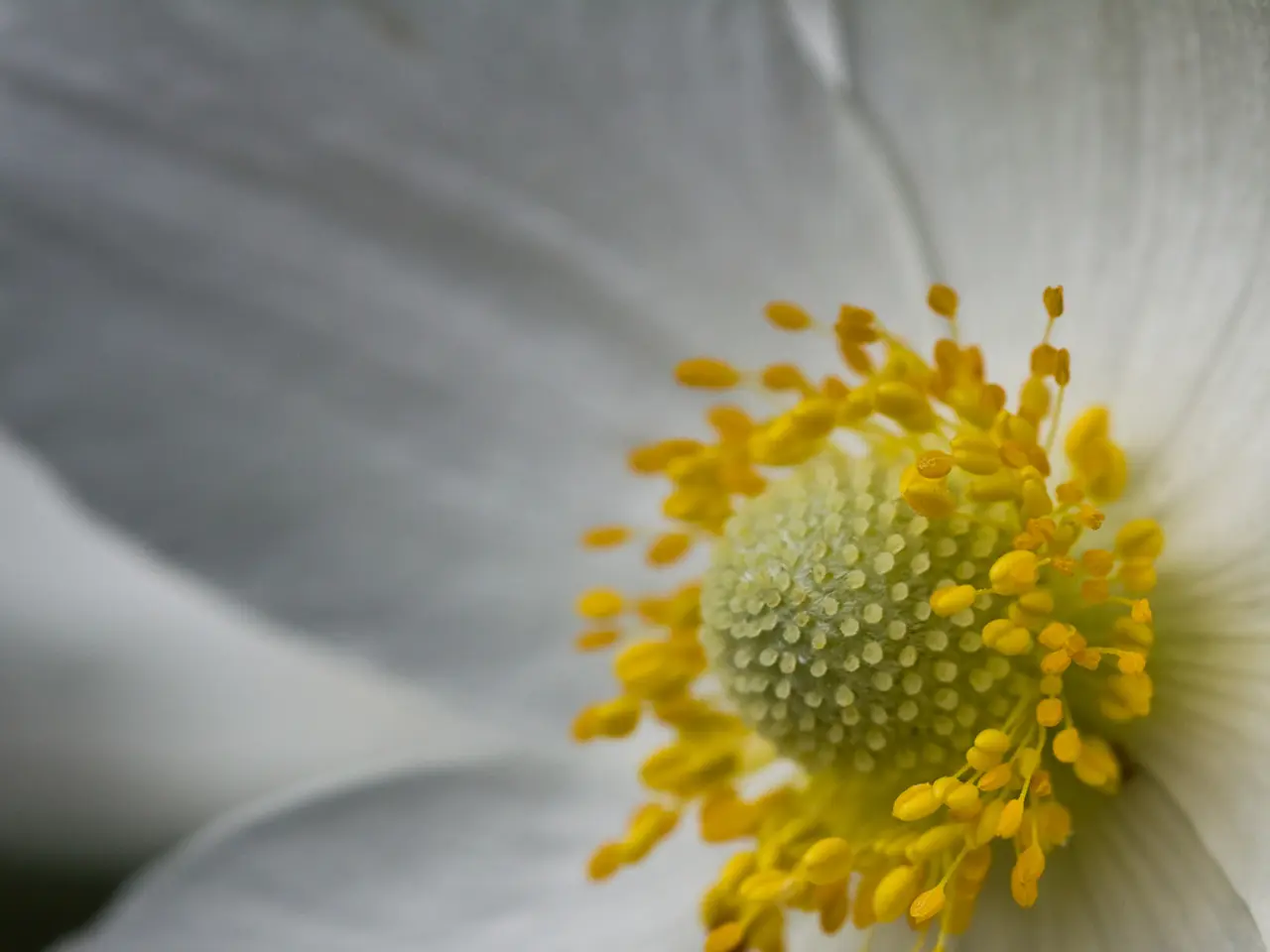China's 'green barrier' combat desertification yet induces seasonal allergy distress: researchers
In a groundbreaking study published at the end of May, a group of Chinese scientists have identified Artemisia, a plant family with over 100 species, as the primary cause of hay fever (allergic rhinitis) in northern China. The study, jointly conducted by scientists from the school of pharmacy at Xian Jiaotong University and the Yulin Forestry Science Research Institute, confirms the role of Artemisia in causing hay fever at a molecular level.
The study specifically identifies Artemisia desertorum Spreng as the dominant aeroallergen in regions such as Yulin, Northwest China, where it accounts for over 60% of clinical allergic rhinitis cases linked to pollen. The ecological dominance of Artemisia species in the arid climate of northern China, combined with local afforestation efforts, amplifies pollen exposure and increases the risk of sensitization and cross-reactivity.
The primary allergenic substances in Artemisia pollen responsible for hay fever in northern China are pollen-derived proteins. Notably, Art v 1 from Artemisia vulgaris and likely homologous proteins in local Artemisia species are recognized by the immune system as foreign, triggering an IgE-mediated allergic response.
The study sheds light on the mechanism of the allergic reaction. During the sensitization phase, susceptible individuals inhale Artemisia pollen, and dendritic cells in the respiratory mucosa process the allergenic proteins. This leads to B-cell production of allergen-specific IgE antibodies, which bind to mast cells and basophils, priming the body for future exposure. Upon subsequent exposure, the pollen allergens cross-link IgE molecules on mast cells, triggering degranulation. This releases histamine, leukotrienes, prostaglandins, and other inflammatory mediators, causing the hallmark symptoms of hay fever.
In northern China, pollen allergens (especially from Artemisia) are the predominant cause of allergic rhinitis, in contrast to humid regions where house dust mite sensitization is more common. Other pollens, such as Humulus japonicus, are also significant in some northern Chinese cities, but Artemisia remains the primary culprit for hay fever in most of northern China.
A summary table outlines the key allergens and mechanisms, providing a clear overview of the findings. The study could provide a basis for preventing and treating allergic diseases in areas where the artemisia plants are grown. According to a 2023 report, the pollen of artemisia has become a common allergy cause in northern China.
The study offers hope for individuals like Ma Bo, a resident of Hohhot, the capital of Inner Mongolia, who has been suffering from hay fever for many years. Ma Bo's hay fever symptoms have worsened since 2018, including sneezing, conjunctivitis, an allergic cough, and bronchial asthma. With a better understanding of the allergens causing hay fever in northern China, researchers can now focus on developing targeted treatments and preventive measures to alleviate the suffering of millions of individuals like Ma Bo.
- The findings of the study suggest that the primary cause of hay fever in northern China, associated with over 60% of clinical allergic rhinitis cases, is Artemisia desertorum Spreng.
- The study reveals that the primary allergenic substances in Artemisia pollen, responsible for hay fever in northern China, are pollen-derived proteins such as Art v 1 from Artemisia vulgaris.
- In contrast to humid regions, pollen allergens, particularly from Artemisia, are the predominant cause of allergic rhinitis in northern China, with other pollens like Humulus japonicus also significant in some cities.
- The groundbreaking study could serve as a foundation for preventing and treating allergic diseases in areas where artemisia plants are grown, providing hope for individuals like Ma Bo, a resident of Hohhot, who has been suffering from hay fever for many years.




